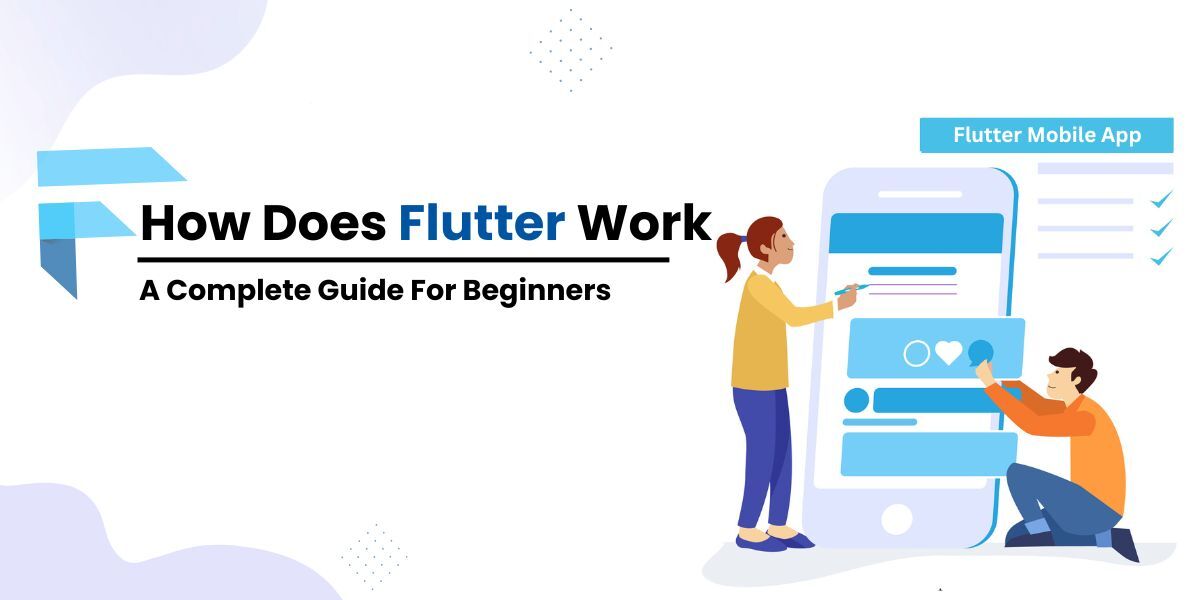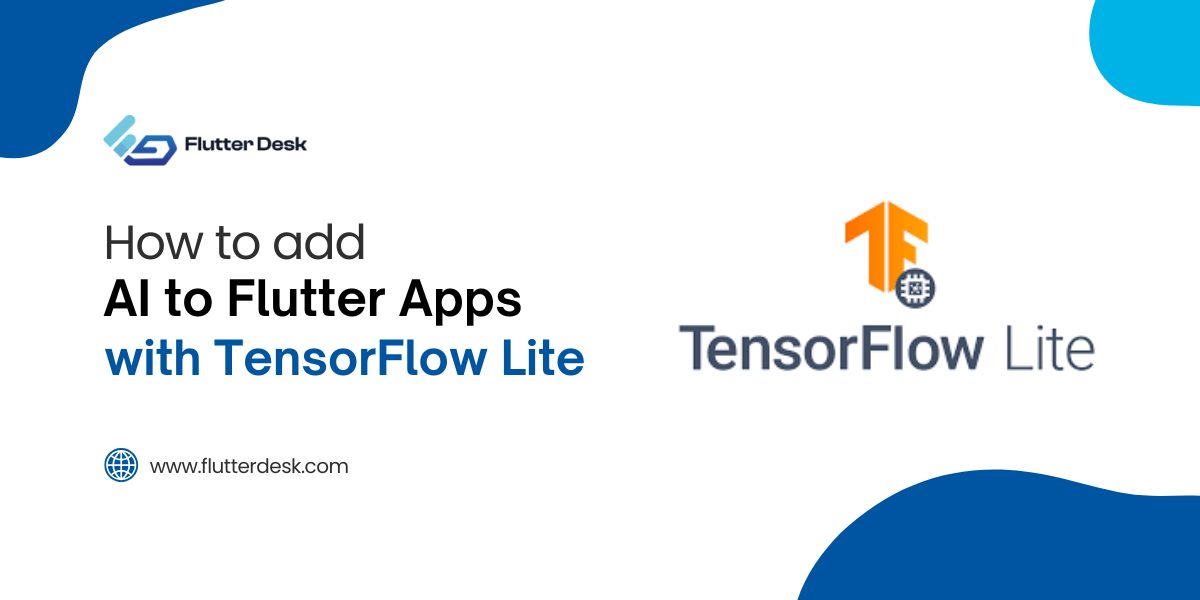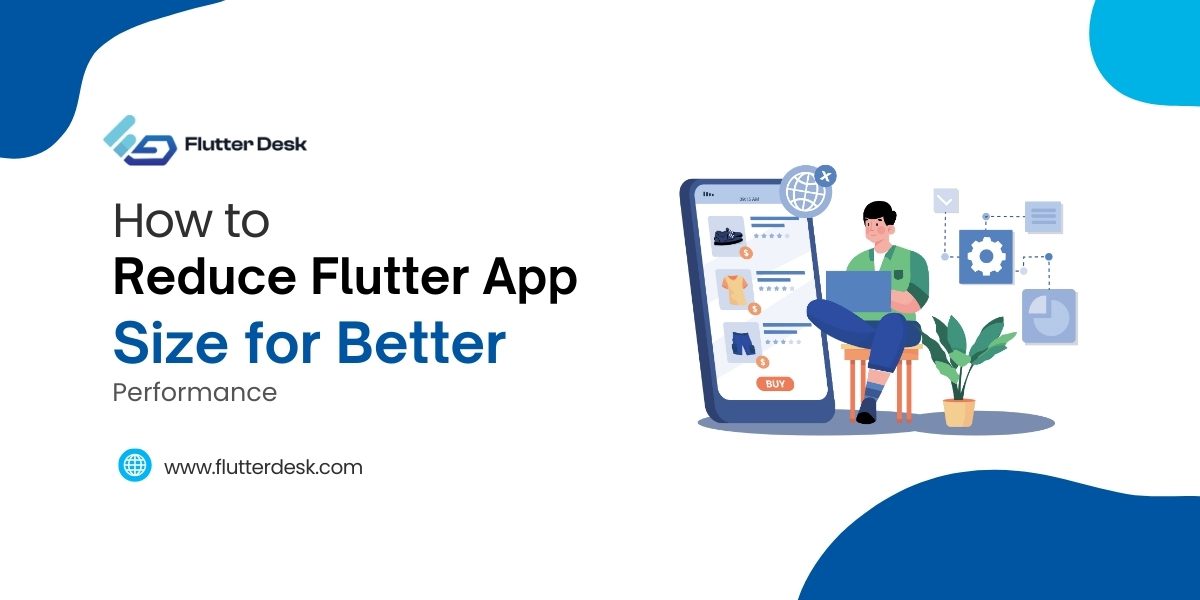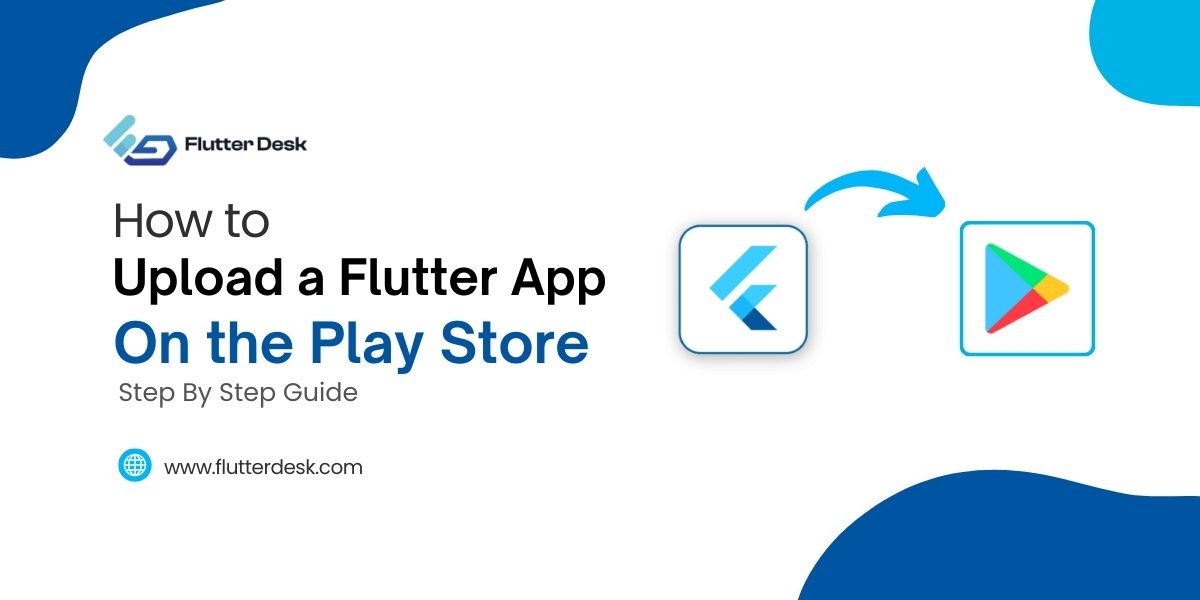Imagine building a mobile app that performs seamlessly across different platforms, all while using a single codebase. That’s the magic of Flutter, a powerful UI toolkit developed by Google. At the heart of this toolkit is the Flutter SDK, a robust set of tools that empower developers to create natively compiled applications for mobile, web, and desktop from a single codebase. The beauty of Flutter lies in its clean architecture, which ensures that your app’s code is organized, maintainable, and scalable.
In Flutter, everything is a widget, from the smallest button to the entire app layout. This widget-based architecture allows for a highly customizable and flexible UI design. But how does Flutter achieve this level of efficiency and elegance?
In this guide, we will explore how Flutter works on different platforms and what makes it an ideal choice among the developer’s community.
What Is Flutter?
Flutter is an open-source UI software development kit (SDK) created by Google for building natively compiled applications for mobile, web, and desktop from a single codebase. It utilizes the Dart programming language and offers a rich set of pre-designed widgets, tools, and libraries that enable developers to create visually appealing and high-performance apps.
Flutter’s unique approach allows for real-time hot reload, which significantly speeds up the development process by enabling instant preview of changes. Its ability to deliver a native performance experience, combined with its highly customizable widget system, makes Flutter a popular choice among developers for creating cross-platform applications.
What Is A Flutter Engine?
The Flutter Engine is the core component of the Flutter framework, responsible for rendering the UI and handling low-level tasks like graphics, input, and accessibility.
It leverages the Skia graphics library to provide fast and consistent performance across different platforms. This engine also integrates with platform-specific SDKs to enable functionalities like text input, network access, and plugin architecture.
Is Flutter A Programming Language?
No, Flutter is not a programming language. Flutter is an open-source UI toolkit developed by Google for building natively compiled applications across mobile, web, and desktop from a single codebase.
It utilizes the Dart programming language for coding, providing a comprehensive framework with pre-designed widgets and tools to create visually rich and high-performance applications.
What Are Widgets In Flutter?
Widgets in Flutter are the building blocks of the application’s user interface. Everything in Flutter is a widget, from basic UI elements like buttons and text to complex layouts and animations.
Widgets can be combined to create more complex interfaces, and they define the structure, look, and behavior of the UI. They are highly customizable and reusable, enabling developers to design responsive and attractive apps with minimal effort.
The common widgets used widgets include:
- Container: A versatile widget that can hold and style other widgets, providing padding, margins, borders, and background color.
- Text: Displays a string of text with various styling options, essential for showing information in a Flutter app development project.
- Row: Arranges its children horizontally in a single line, useful for creating horizontal layouts.
- Column: Arranges its children vertically in a single line, perfect for stacking elements vertically.
- Stack: Allows widgets to overlap each other, useful for creating layered effects in the UI.
- ListView: A scrollable list of widgets that can be customized to display complex lists of data efficiently.
- Scaffold: Provides a basic structure for the visual interface, including an app bar, body, floating action button, and navigation drawer.
- MaterialApp: A top-level widget that wraps the entire app, providing material design-specific functionalities like themes and navigation.
- Icon: Displays a graphical symbol, essential for adding visual cues and enhancing the user experience.
- Image: Loads and displays images from various sources, crucial for creating visually engaging flutter app development interfaces.
How Does Flutter Work?
Flutter works by using a unique approach that differentiates it from other frameworks. It employs the Dart programming language, which is compiled ahead of time (AOT) into native code, ensuring fast performance and reducing the common latency issues found in other cross-platform solutions.
Flutter’s rendering engine, powered by Skia, handles all the rendering tasks, allowing for smooth and consistent visuals across different platforms. This engine communicates directly with the platform, bypassing the need for a bridge, which significantly enhances performance and reduces overhead.
The framework is built around a rich set of widgets, which are the fundamental elements of a Flutter app’s user interface. These widgets are highly customizable and can be composed to create complex UI components.
Flutter’s architecture follows a reactive programming model, where the UI automatically updates in response to state changes, making it easier to manage and maintain the application’s logic and design. This approach not only streamlines the development process but also ensures that the app runs efficiently and looks consistent across iOS, Android, web, and desktop platforms.
How Does Flutter Work On IOS?
Flutter works on iOS by using its engine to compile Dart code into native ARM machine code, ensuring high performance. The Flutter framework interacts directly with the iOS platform through platform channels, enabling access to native APIs and services. The Skia graphics library within Flutter handles all the rendering, providing smooth and consistent visuals on iOS devices.
Flutter Advantages And Disadvantages
Advantages
- Cross-Platform Development: Write once, run anywhere. Flutter allows developers to use a single codebase for both iOS and Android.
- Fast Development: Features like hot reload enable instant preview of changes, speeding up the development process.
- Performance: Compiles to native ARM code using Dart, providing near-native performance.
- Rich UI Components: An extensive collection of customizable widgets ensures high-quality, consistent UI across platforms.
- Strong Community And Support: Backed by Google with a large, active community and comprehensive documentation.
Flutter Disadvantages
- Large App Size: Flutter apps tend to be larger compared to native apps due to the inclusion of the Flutter engine.
- Limited Libraries: While growing, Flutter’s library ecosystem is still smaller than that of native development platforms.
- Platform-Specific Features: Implementing highly platform-specific features can sometimes require writing native code, reducing the benefit of a single codebase.
- Learning Curve: Developers unfamiliar with Dart may face a learning curve.
- Less Mature For Desktop And Web: Flutter’s support for desktop and web is still evolving and may not be as mature as its mobile support.
Conclusion
Flutter stands out as a powerful and versatile toolkit for developing high-performance, visually appealing applications across multiple platforms using a single codebase. Its unique approach to compiling Dart into native machine code, along with its extensive widget library and fast development features, makes it a preferred choice for developers and businesses alike.
However, understanding its advantages and limitations is crucial for leveraging its full potential. If you’re looking to create a seamless and efficient cross-platform application, it might be time to hire a Flutter developer to bring your vision to life.











